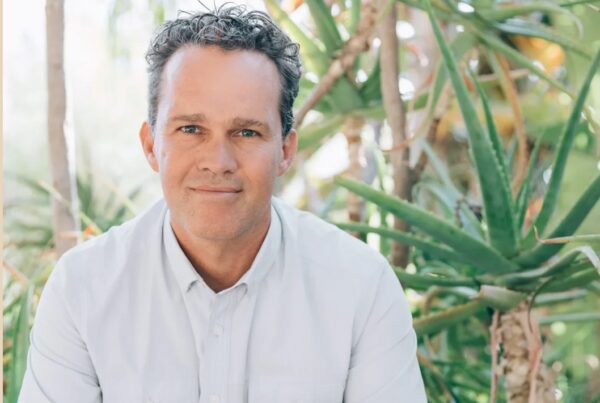August 2024: A global study predicts increases in cancer cases and deaths among men, with widening disparities based on age and countries’ economic status. The results indicate the need for efforts to improve cancer outcomes equitably and to raise more awareness around the issue of men and cancer.
Men and cancer
In an analysis of 30 cancer types among men, investigators uncovered substantial disparities in cancer cases and deaths by age and countries’ economic status—disparities that are projected to widen by 2050.
The study was published by
Wiley online in
CANCER, a peer-reviewed journal of the American Cancer Society.
Men face higher rates of cancer and cancer-related deaths than women, likely due to various factors including lower participation in cancer prevention activities; and underuse of screening and treatment options.
Men also have increased exposure to cancer risk factors such as smoking, alcohol consumption, occupational exposure to carcinogens; and biological differences.
The study
To assess the burden of cancer in men of different ages and living in different regions of the world, investigators analyzed 2022 information from the Global Cancer Observatory, which encompasses national-level estimates for cancer cases and deaths for 185 countries/territories worldwide.
The projected cancer cases and deaths in 2050 were derived through demographic projections: the researchers multiplied the 2022 age-specific rates with their corresponding population projections for 2050.
What the stats say about men and cancer
In 2022, poorer survival was observed among older men; for rare cancer types such as pancreatic cancer; and in countries with low Human Development Index, which measures health, education, and standard of living.
- Between 2022 and 2050, cancer cases are projected to increase from 10.3 million to 19 million, an 84% increase.
- Deaths are projected to increase from 5.4 million to 10.5 million, a 93% increase
- The projections indicate a greater than two-fold increase among men aged 65+ years and for countries/territories with low and medium Human Development Index.
Addressing the risk profile of men and cancer
The research reveals an urgent need to address these trends and ensure equity in
cancer prevention and care among men globally.
“A national and international collaboration, as well as a coordinated multisectoral approach, are essential to improve current cancer outcomes and to reverse the anticipated rise in cancer burden by 2050.”
“Implementing and expanding universal health coverage and expanding health infrastructure and establishing publicly funded medical schools and scholarships for training medical and public health staff can improve cancer care and equity,” said lead author Habtamu Mellie Bizuayehu, PhD, of the University of Queensland, in Australia.
“Emphasis should be placed on low and medium human development index countries with high unmet cancer service needs despite a significant cancer burden.”
End note
Dr. Bizuayehu says it is important to improve access to and use of cancer prevention, screening, diagnosis, and treatment options.
“Especially for older men, as this could also improve cancer outcomes and equity.
Additional information:
Full Citation:
“Burden of 30 cancers among men: Global statistics in 2022 and projections for 2050 using population-based estimates.” Habtamu Mellie Bizuayehu, Abel F. Dadi, Kedir Y. Ahmed, Teketo Kassaw Tegegne, Tahir Ahmed Hassen, Getiye Dejenu Kibret, Daniel Bekele Ketema, Meless G. Bore, Subash Thapa, Daniel Bogale Odo, Zemenu Y. Kassa, Desalegn Markos Shifti, Erkihun Amsalu, Peter Sarich, Rebecca L. Venchiarutti, Yohannes Adama Melaku, Kelemu Tilahun Kibret, Aklilu Habte, Yonatan M. Mefsin, Abdulbasit Seid, and Sewunet Admasu Belachew. CANCER; Published Online: August 12, 2024 (DOI:10.1002/cncr.35458)





![women [longevity live]](https://longevitylive.com/wp-content/uploads/2020/01/photo-of-women-walking-down-the-street-1116984-100x100.jpg)










